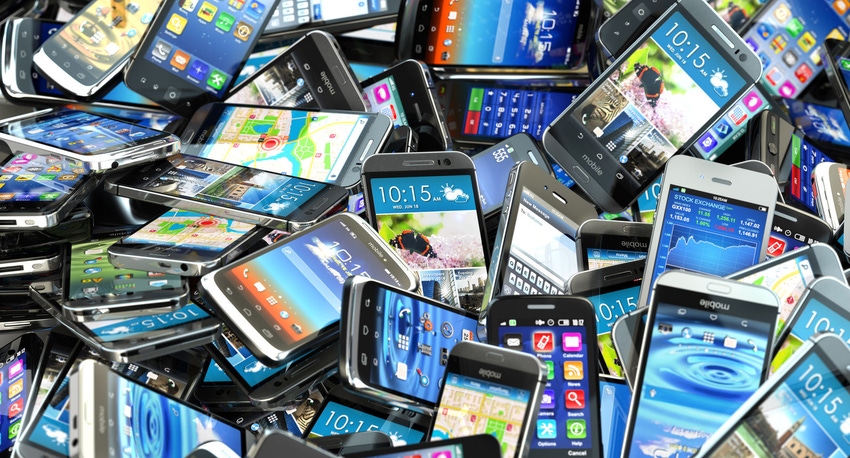Smartphone shipments down but Huawei has something to cheer about
Shipments of smartphones across the second quarter of 2018 were down 1.8% year-on-year, though Huawei managed to sell enough devices to leapfrog Apple into second place on the rankings table.
August 1, 2018

Shipments of smartphones across the second quarter of 2018 were down 1.8% year-on-year, though Huawei managed to sell enough devices to leapfrog Apple into second place on the rankings table.
According to estimates from IDC, smartphone vendors shipped a total of 342 million units during the second three months of 2018, a decline of 1.8% year-on-year. This is the third consecutive period of decline, and only the fourth in history.
“The combination of market saturation, increased smartphone penetration rates, and climbing ASPs continue to dampen the growth of the overall market,” said IDC’s Anthony Scarsella. “Consumers remain willing to pay more for premium offerings in numerous markets and they now expect their device to outlast and outperform previous generations of that device which cost considerably less a few years ago.”
It might not be the positive news in the world, but IDC believe it is only a temporary dip. The decline is a result of churn in some highly penetrated markets, though with the number of high-growth markets around the world remaining high, growth should return in the near future.
One company which is not going to complain is Huawei, as estimates show it has eclipsed Apple to take the number two spot in the global market share tables. Huawei moved roughly 54 million devices across the period, claiming a 15.8% market share, though with 20.9% Samsung is still comfortably in the lead. Samsung’s lead is particularly impressive as the numbers include a 10.4% decline in shipments from the same period last year.
Huawei’s rise can be partially by taking advantage of lacking innovation in the field. With consumers struggling to justify the huge sums for new devices which offer little in terms of new features, the slightly more cost-effective Huawei devices can look attractive. Another explanation would be continued leadership in the Chinese market.
According to Counterpoint Research, although overall sales in the Chinese market declined by 7% compared to the same period of 2017, though Huawei maintained its position as the market leader, growing market share from 20% to 26%. Huawei increased sales by 22% year-on-year.
Shipment declines can partly be blamed on a lack of innovation. Without new features, marketers will struggle to convince consumers to part with hard-earned cash, though with 5G compatible devices set to hit the shelves in 2019, there certainly will be something new to shout about.
About the Author(s)
You May Also Like








.png?width=300&auto=webp&quality=80&disable=upscale)


_1.jpg?width=300&auto=webp&quality=80&disable=upscale)


.png?width=800&auto=webp&quality=80&disable=upscale)